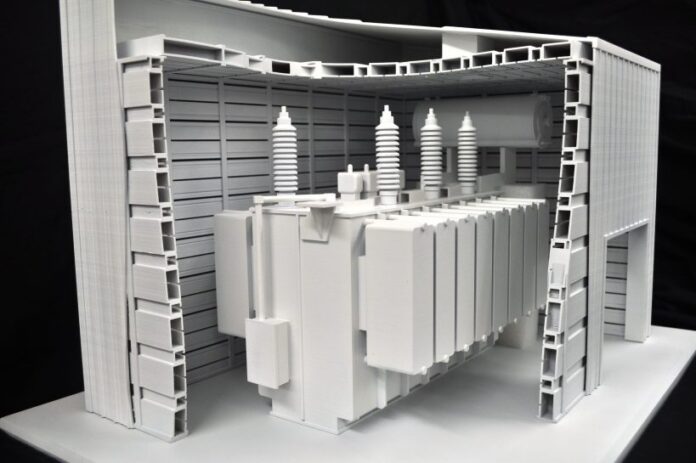3D laser printing, also known as laser sintering, is a revolutionary manufacturing technique that creates physical objects using a digital file and a laser as the main tools. It allows for the production of complex and highly customized parts and products, making it a game-changer in the world of manufacturing.
If you aren’t clear as to what is 3D scanning then keep reading as we will delve into the basics of 3D laser printing, its benefits, and how it compares to other 3D printing technologies. We will also look at some of the current and potential applications of this cutting-edge technology.
How Does 3D Laser Printing Work?
3D laser printing involves the use of a high-powered laser beam to fuse together small particles of metal or plastic, layer by layer, to create a 3D object. The process starts with a 3D model designed using computer-aided design (CAD) software. This digital file is then converted into thin, horizontal cross-sectional layers and sent to the 3D laser printer.
The printer reads the digital file and deposits a thin layer of metal or plastic powder on a platform. The laser beam is then used to trace the outline of the object on the powder layer, fusing the particles together to form a solid mass. The process is repeated for each successive layer until the entire object is complete.
Benefits of 3D Laser Printing
One of the main advantages of 3D laser printing is its ability to produce highly complex and customized parts and products. The laser can create intricate internal structures and fine details that may be difficult or impossible to achieve using traditional manufacturing methods.
3D laser printing also offers a faster turnaround time compared to other 3D printing technologies, as it can produce a larger volume of parts in a shorter amount of time. It is also more cost-effective for mass production, as it requires minimal setup and has a low cost of production per unit.
Additionally, 3D laser printing produces strong and durable parts with excellent surface finish and accuracy. It is also capable of using a wide range of materials, including metals, plastics, and ceramics, making it a versatile technology with numerous applications.
Comparison with Other 3D Printing Technologies
There are several other 3D printing technologies available, such as fused deposition modeling (FDM) and selective laser melting (SLM). While these technologies share some similarities with 3D laser printing, they also have some key differences.
FDM involves the extrusion of melted plastic filament through a nozzle to build an object layer by layer. It is a relatively simple and low-cost technology, but it has limited material options and produces parts with rough surface finish and lower strength and accuracy compared to 3D laser printing.
SLM, on the other hand, is similar to 3D laser printing in that it uses a laser to melt and fuse metal powder. However, it requires a high level of precision and is more expensive than 3D laser printing. It is mainly used for producing high-performance metal parts for aerospace and medical applications.
Applications of 3D Laser Printing
3D laser printing has a wide range of applications across various industries, including aerospace, automotive, medical, and consumer products. Some examples of current and potential uses of this technology include:
- Production of complex and customized aerospace components, such as fuel nozzles and engine parts
- Rapid prototyping and short-run production of automotive parts, such as gearbox housings and turbine blades
- Manufacturing of personalized medical implants, such as dental crowns and hip replacements
- Creation of functional consumer products, such as headphones and phone cases
Conclusion
In conclusion, 3D laser printing is a innovative manufacturing technique that allows for the creation of highly complex and customized parts and products. It offers faster turnaround time and cost-effectiveness for mass production, as well as strong and durable parts with excellent surface finish and accuracy. Compared to other 3D printing technologies, it has a wider range of material options and produces higher quality parts. 3D laser printing has numerous applications across various industries and holds great potential for revolutionizing manufacturing processes in the future.
Related Guide: https://prtwd.com/services/3d-scanning/
Related Guide: https://usetangent.com/services/3d-scanning-services/










